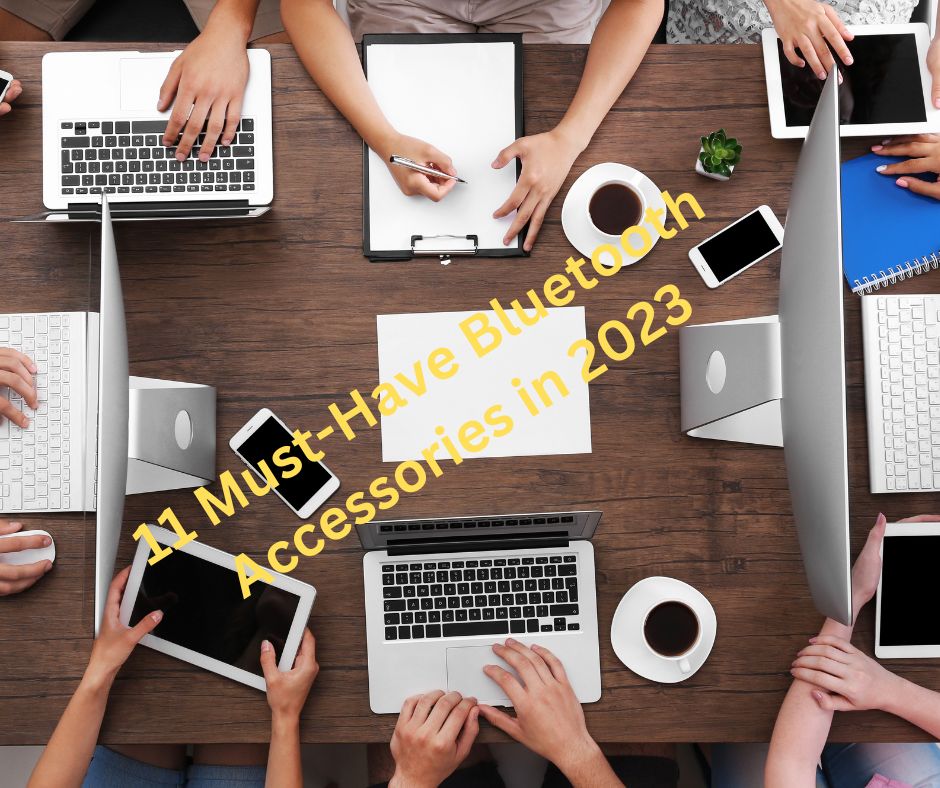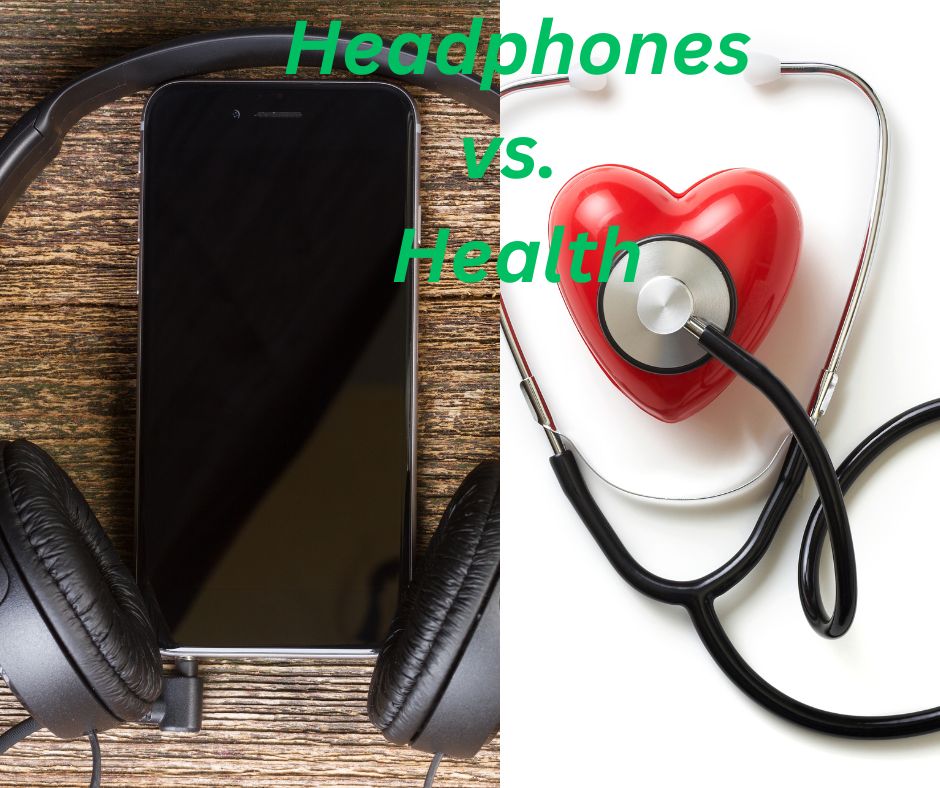[ad_1]
Creators are often put in the frustrating position of relying heavily on platforms for their income but having almost no control over how those platforms operate. At any given moment, a platform can kill their revenue stream or destabilize their entire business model.
Recently, A A monetization tool has gone live on Instagram called ReelsPlayBonus., leaving creators to find other streams of income to make up for losing the $500-$1,000 they earned each month through Reels Play. The program paid content creators when they achieved certain goals for views on their videos — similar to TikTok’s creator fund.
Sorry, you’ll never get a clickable link in your Instagram grid posts.
Anya TisdaleAn Instagram creator with more than 125,000 followers said she was in one of the test groups for the Reels Play Bonus program, which helped her make “a lot of money” while still in school. It wasn’t enough to pay the rent, but it helped subsidize his work. Because of this program, he started making tons of releases in hopes of more revenue.
“It was a great way to encourage people to start making Reels,” Tisdale said, noting that it came at a time when most people were just posting video content on TikTok. “I wasn’t even making reels until they were like, ‘Oh, we’ll pay you to make them.’
Once creators started posting on the platform, though, Instagram took away that incentive.
Tisdale wasn’t the only creator hurt by Instagram’s latest move. Creator Ivy Rivera told BuzzFeed News While his income is sporadic at the moment, “the bonus program was one of the things that, as a creator, I could rely on to know I was definitely making it. [a certain] This month’s amount. Azure MacCannell, a full-time video producer, told Fortune that she took a nearly “$100,000-a-year pay cut with just a few days’ notice” when the fund was frozen. Keep asking to use the given tools (stars, subscriptions, etc.) that are only asking followers for money, earning meta money in the process. McConnell told Fortune.
What are Facebook stars, and should you give them?
At a creator and press event at Meta on Friday, October 6, Instagram head Adam Mosseri opened it up to questions from the audience. Tisdale asked about why the tool went away, and Mossari said that the whole point of the program was to encourage creators to post their videos on Instagram at a time when they only wanted to post on TikTok. And the program worked — but it cost the company a lot of money. He said Instagram is “putting more money into the program coming out of the program, and we’re a business at the end of the day. This kind of program can’t go on forever.” It seems that the program does not work consistently. At first, creators saw massive payouts, but those payouts began to shrink.
Musiri said the program is still going strong in Korea and Japan, where they aren’t “burning money” at quite the same rate. Once Metta “gets the program to a place that, I think, is more sustainable,” the company will work on bringing it back to the U.S. But, ultimately, “it’s never going to be something that every creator wants to do.” be the one to pay.”
When I asked Meta what their timeline was for bringing the program back to the U.S., it couldn’t give me much information. A Meta spokesperson said the company is “focused on investing in products and solutions to help creators achieve consistent revenue streams, such as subscriptions and creator marketplaces.”
“Creators can still monetize directly from the meta, and through fan and brand partnerships, all of which have seen growth over the past year,” the spokesperson said. But none of the monetization programs from Meta earn as much for creators as TikTok’s creator fund. Meta often points creators to its subscription model, in which regular Instagram users can pay their favorite creators. But, as Tisdale says, shifting money to everyday consumers isn’t the answer.
“We have monetization options, but it’s not the same,” Tisdale said. “I technically have subscriptions set up, but I don’t expect anyone to subscribe to me because I’m not creating specific content for specific people who want to pay to see what’s going on in my life. Is.”
According to Research from Epidemic Sound30 percent of creators said TikTok was the top platform for generating revenue, followed by YouTube (25.8 percent), Facebook (16.5 percent), Twitter (13.1 percent), and Instagram with just 7.1 percent. is at the bottom.
“A lot of people were happy. [the Instagram Reels Play bonus program]” Tisdale said.” It gave hope to many people. It made people feel good that they were reaping the benefits of their hard work.”
Now, he’s gone, and Metta keeps saying it’s on the way back but without a timeline. For creators, it feels like they’re comforting them — and playing with their livelihoods.



